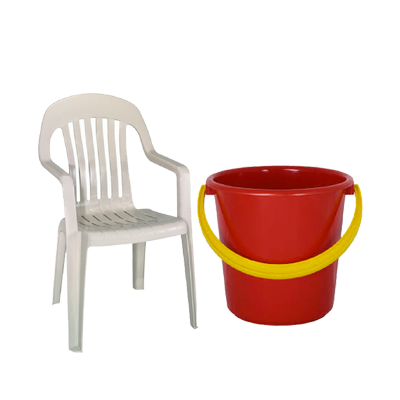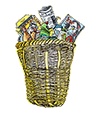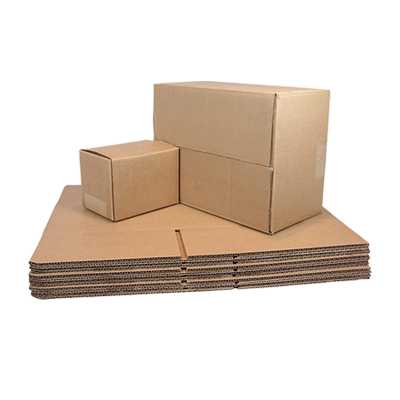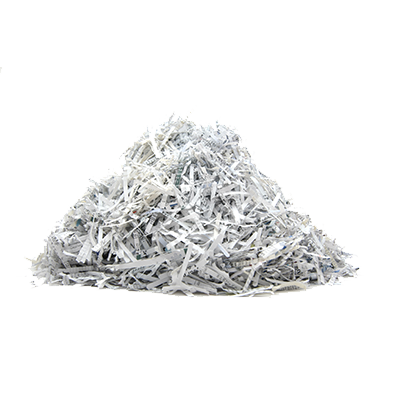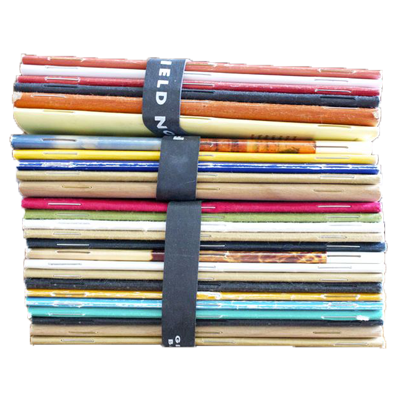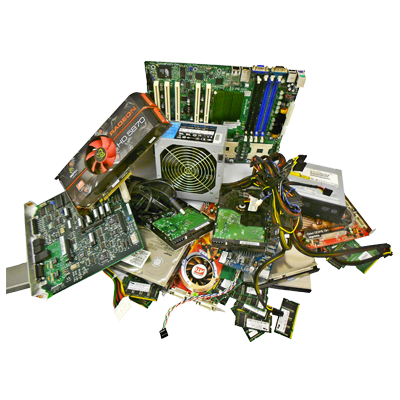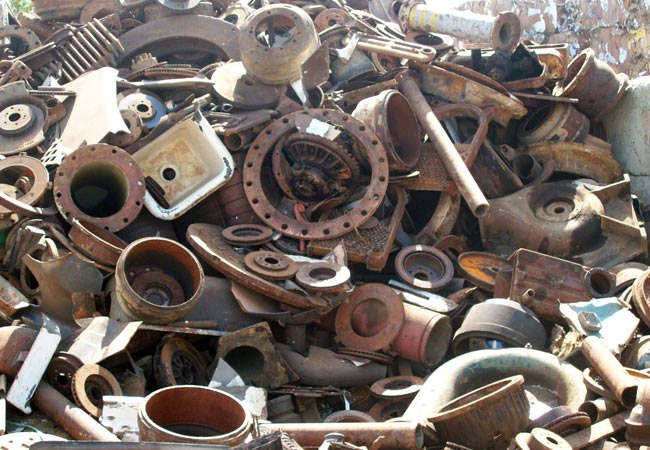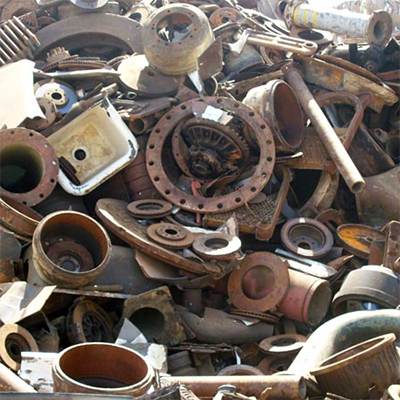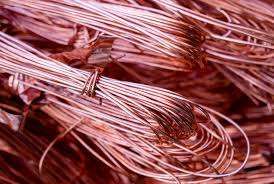
2019-04-21
Moving Towards a Circular Economy
Monetary growth, the GDP, currency exchange rates and charts with upward trends - we’ve all heard these facets of economic growth. It’s hard to escape from these notions in a world focused on wealth accumulation and consumption. Let’s delve into one. A popular way to monitor financial growth and gain an understanding of general well being is to measure Gross Domestic Product (GDP). The GDP measures the monetary value of all goods and services produced in a country in a given period. Goods and services include and is not limited to express and imported items, government expenditure, investment on infrastructure, and consumer spending on clothes, food, and household items. All these aspects require resources to meet people's needs. So this begs another question: how do we meet the needs of everyone on Earth without compromising ecological systems that have been in place for millions of years? Whatever the answer is, it does not lie in our traditional linear economy model. This model depends on constantly extracting resources to produce goods without necessarily regenerating them. It is rooted in our daily lives such that we are accustomed to systems where we freely take, restructure, use, and dispose off resources.Circular economic systems, on the other hand focus on using byproducts and discarded resources from one industry for another. Nature has done this for millennia; the water cycle and the carbon cycle are both circular systems that recycle and even upcycle their namesake resources. We can certainly strive to do the same! Let’s focus on a problem very close at hand. Kathmandu Valley produces upwards of around 1,000 tons of waste per day, of which around 60% of waste is organic. Most of this waste ends up in landfills and permanently stays there. Buying things and throwing them in the landfill clearly follows a linear path. However, if we simply recycle the resources we use, they would follow a circular path and find their way back into our economy. Even organic waste can easily be composted at home and the food that came from the planet can circulate back into the soil eventually aiding new crops to grow and produce food. Fortunately the idea of adopting a circular economy in lieu of a linear one is catching on in Nepal. The Himalayan Consensus Summit (April 2, 2019) had a ‘Himalayan Circular Economy’ session that highlighted the need to incorporate sustainability alongside economic growth. Ideas to adopt solar and hydropower for electricity, recycle secondary resources, refurbish e-waste and up-cycle goods were discussed. The panel discussed how to implement circular economy and sustainability models in the Himalayan region. Indeed, it is high time circular economy enters our vernacular system to ensure the preservation of Earth’s ecosystems and our way of life. Doko’s Co-founder and CEO Kushal Harjani explained how Doko aims to mainstream the practice of urban resource mining in Nepal, by recycling and reusing secondary components from discarded products instead of mining natural ores and using natural resources to make new products. He also explored policy shifts to incentivize recycling and urban mining by way of government intervention. This is what he had to say about circular economy: “Nature is the best example of a circular economy. Circular economy, recycling, upcycling - these have all become trendy words today but our planet has been circular for 3.6 billion years now. Nothing goes to waste in nature - everything comes back as a resource.”



